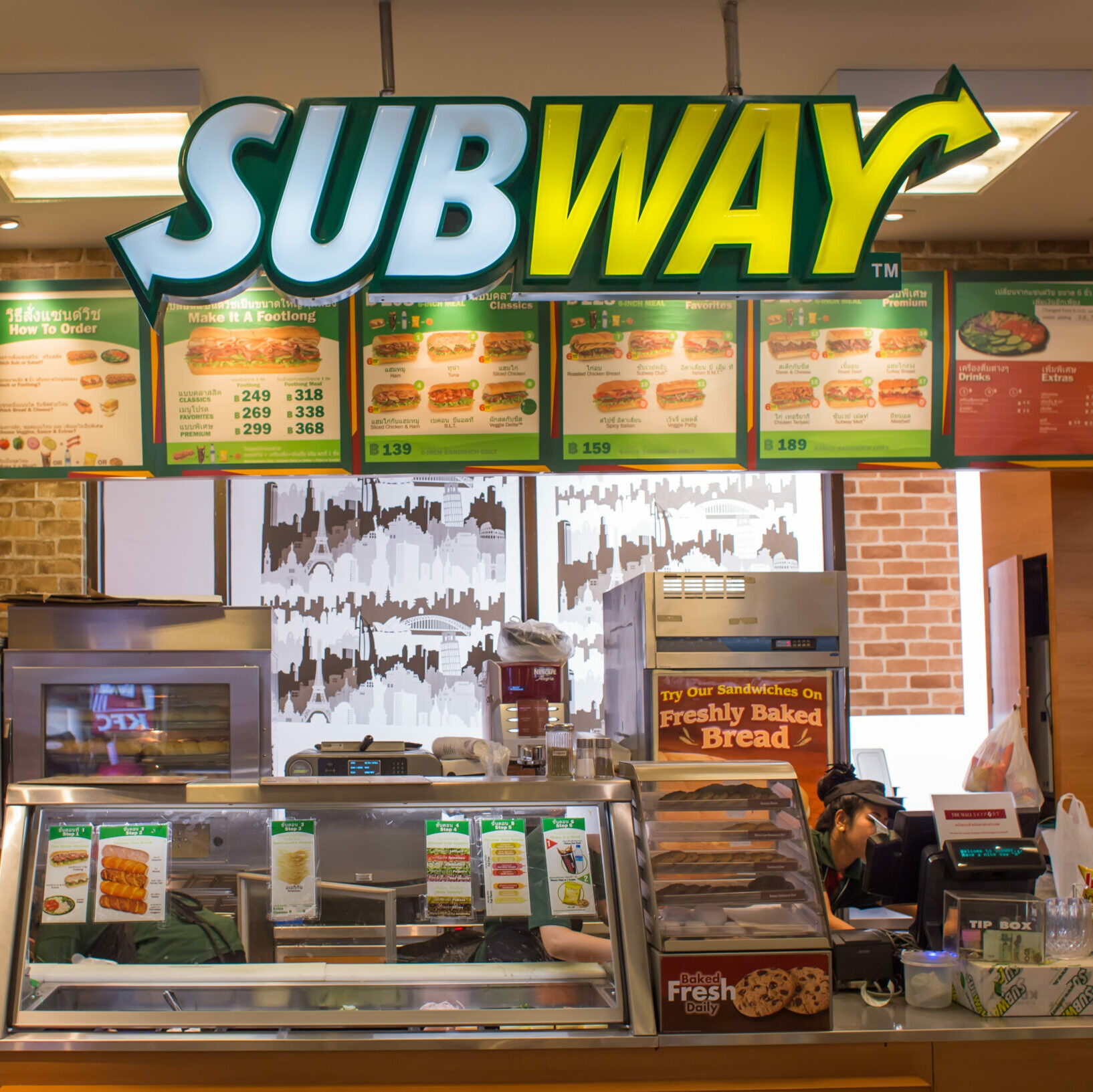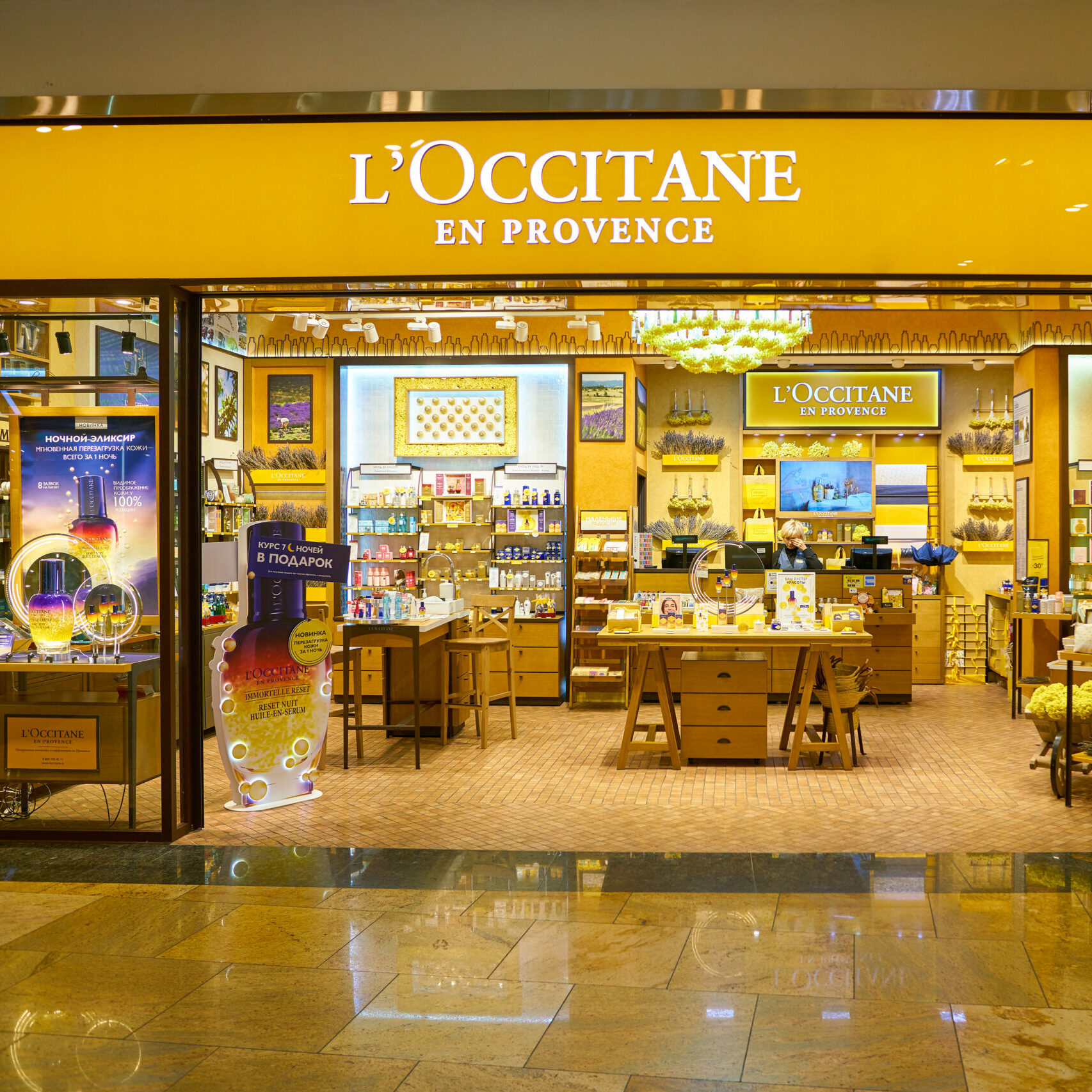Since the pandemic, GPs have been holding onto their trophy assets for longer. A jump in single-asset continuation vehicles is opening up buy-side opportunities for funds and investors…
Since the pandemic, GPs have been holding onto their trophy assets for longer. A jump in single-asset continuation vehicles is opening up buy-side opportunities for funds and investors…
In less than 20 years, private equity’s secondary market has moved from the dusty corners of the industry into the everyday conversation of general partners and their advisers.
Secondary funds currently being raised by Blackstone’s Strategic Partners, Ardian and Lexington Partners are targeting between USD 15bn and USD 20bn, making them comparable to some of the largest buyout strategies of the past few years.
At scale, such funds have traditionally targeted both LP and GP secondary fund stakes, but as LPs held back from distressed sales during the pandemic, GPs stepped forward to raise liquidity and rebalance their portfolios – bringing a wave of single assets, multiple assets and other structures to the secondary market.
Rather than slowing as the pandemic fades, this GP-led phenomenon is set to grow exponentially as more GPs become familiar with the tools and structures involved, say sources.
“I would say that the evolution of the GP-led market is the single most important development in the secondary market since its inception. It’s a game-changer for the secondary space and the growth is driven by the multiple benefits that GP-led deals can provide,” says Jeff Keay, managing director and chair of the secondary investment committee at HarbourVest Partners, which is targeting USD 13.5bn for its latest secondaries vehicle according to Pitchbook.
In addition to generalist private equity secondary funds, dedicated GP-led funds have been recently launched, closed or are in planning by Pantheon Ventures, LGT Capital Partners and Manulife Investment Management, the investment unit of Canada’s largest insurer, among others.
According to varying estimates, GP-led secondaries will represent between half and two thirds of a secondary market worth around USD 250bn by 2025. If correct, this would be a doubling in value of the current GP-led market.
Over half of all private equity GPs have now executed a secondary process, according to analysis by Raymond James, and the remaining half are either already in the process of following or will follow in the years to come.
For the most common type of GP-led secondary – the continuation vehicle – the more cynical point to an obvious motivation: the opportunity for GPs to reset fees, crystallise carry and hold onto part of a trophy asset until a more profitable exit can be realised in the future.
“Asset managers want to keep assets under management and get paid for that,” says a US-based advisory source. “But, also, it allows you not to sell to a competitor.”
In an increasingly volatile market – rocked by crashing tech stocks and war in Ukraine – such a strategy makes even more sense. But, beneath the surface, the trend is also rewriting the relationship between GPs and their LPs and opening the door to a new wave of secondary buyers through syndications and co-investment.
Zombies to trophies
Originally GP-led secondaries were used by ‘zombie funds’ opting to sell or restructure their least-wanted assets so their LPs could exit at fund maturity.
But over the past three years, as fundraising cycles have accelerated, GPs have been less willing to let go of trophy assets as they move onto a new fundraise.
“One of the biggest criteria when you’re a GP is ‘how do I grow my assets under management? How do I deploy my fund quickly and come back to market and raise another fund so then I have more fee-paying assets under management?’” says Sunaina Sinha Haldea, global head of private capital advisory at investment bank Raymond James.
“Continuation vehicles are a great way to increase your fee-paying AUM without having to increase costs and hire a new fund team.”
According to private markets adviser Campbell Lutyens, around 88% of GP-led secondary transactions are now continuation vehicles, splitting roughly equally between single asset and multiple asset structures.
In 2021, the total value of these continuation vehicles was USD 42bn – a 55% increase on 2020 and a 180% increase on 2019, according to Raymond James. The USD 42bn figure represents the value of the stakes sold plus any additional capital raised to invest in the companies.
Many in the market agree that continuation vehicles will now grow in size and number, particularly as volatility makes an exit through IPO or the M&A market less certain.
In its latest private equity report published in March, Bain & Company explains that dependable multiple expansion has enabled firms to buy a company, lever it up, and get out sooner, moving on to the next deal but the exception has been where they divest a large portion of equity and hold onto a slice of the company to capture even more multiple expansion.
“The question now,” says the firm, “is what happens to this formula in a more volatile environment, when cycles are more jagged and selling early is no longer so advantageous?”
One answer almost certainly lies in the secondary market, and with the growth of continuation vehicles more specifically.
“I think that the volume of continuation vehicles will continue to be to be strong, because I suspect there will continue to be quality assets coming to the market,” says Hani El Khoury, partner at Coller Capital.
Concentration limits
“As in any market, you have opportunities that are less attractive, but there are more than enough quality transactions coming through the pipeline, especially on the single asset GP-led deals, as that is still only a 12 to 18-month-old market. The fundamentals for the supply are so strong: GPs understand it now, they’ve tried to do with their best assets, they will continue to do so. From a technology point of view, they’ve tested it so they will be coming back for more.”
Yet for the secondary buyers investing in such continuation vehicles, there is a catch: many of them – secondary funds which have been in the market for decades, for example – are unable to invest large amounts in these single asset continuations.
Over the past year, the average continuation fund deal size stood at USD 1.1bn, says alternative investment manager Hamilton Lane. In December, Clayton, Dubilier & Rice completed the largest single asset continuation to date at a value of around USD 4bn for glass repair company Belron, while also using the M&A market. General Atlantic and Goldman Sachs also ran large continuation processes for their assets last year.
For the buyers – a limited group of secondary funds with single asset concentration limits – there is an increasing need to bring co-investors into the process with them.
There are 66 lead buyers in the secondary market today, says Haldea, adding that the number of single asset lead buyers is just shy of 40.
Such concentration limits may hamper growth of the single-asset secondary market, says investment bank Greenhill, but it expects this to be partly alleviated by existing players raising new pools of capital dedicated to the strategy.
Such concentration limits are also opening up the GP-led market to a more diverse set of investors. “I think it’s an opportunity for new entrants into the market,” says an adviser in the space.
According to Hamilton Lane, 26 of the 38 GP-led deals it reviewed over the past year had multiple secondary buyers as lead or syndicate investors.
“You have more complex deals requiring multiple lead investors being brought to a market defined by a small set of resource-constrained secondary firms,” it says.
“This dynamic is affording certain secondary buyers the ability to be selective and gain access to an increasing number of deals on a non-competitive basis.”
Multi fashion
GPs considering continuation vehicles in 2022 will continue to face buyer selectivity as the number of assets coming to market grows but, due to the oversupply of single secondary assets in 2021, many have already pivoted to multi-asset processes.
“It’s like somebody flicked a switch at the end of last year,” says Michael Pilson, partner at private equity advisory firm Triago. “Single assets are a little out of fashion now and I think that volatility in the public markets and war [in Ukraine] has really exacerbated that.”
A change in preference will not deter the GP-led market expanding on both the sell-side and the buy-side, but as the range of buyers expands – in some cases to include pension funds, sovereign wealth funds and traditional LPs – some of these investors are questioning whether the process now looks less like a complex secondary transaction and more like a direct investment they could potentially execute on their own.
Read the rest of the Private Equity Wire Insight Report: Holding On: How volatility will drive GP-led secondaries in 2022






